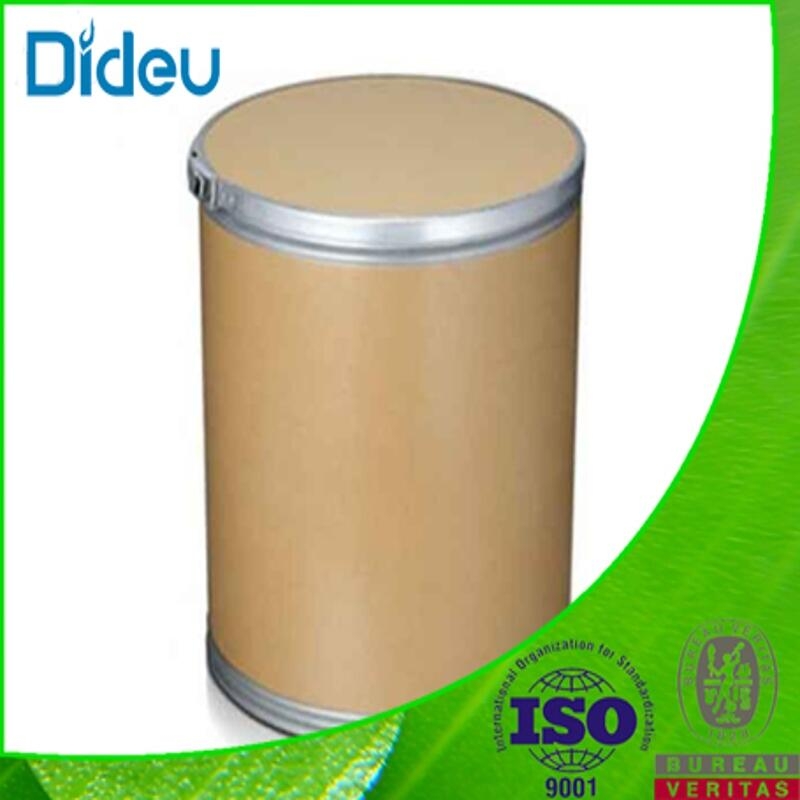-
Categories
-
Pharmaceutical Intermediates
-
Active Pharmaceutical Ingredients
-
Food Additives
- Industrial Coatings
- Agrochemicals
- Dyes and Pigments
- Surfactant
- Flavors and Fragrances
- Chemical Reagents
- Catalyst and Auxiliary
- Natural Products
- Inorganic Chemistry
-
Organic Chemistry
-
Biochemical Engineering
- Analytical Chemistry
-
Cosmetic Ingredient
- Water Treatment Chemical
-
Pharmaceutical Intermediates
Promotion
ECHEMI Mall
Wholesale
Weekly Price
Exhibition
News
-
Trade Service
Doctor, I have been a little dizzy recently, is it related to my condition?
Doctor, does rheumatoid still get dizzy? I'm dizzy and headache, is there a problem with my cervical spine?
Rheumatoid joint symptoms may be familiar to everyone, but when dizziness and headache symptoms occur, many rheumatoid patients will wonder: Can rheumatoid also cause dizziness?
In fact, this is all rheumatoid and cervical spine involved
.
Pannus: the "culprit" involving the cervical spine
Recent studies suggest that more than 80% of rheumatoid patients will have cervical
spine involvement on imaging.
Rheumatoid is most likely to occur in joints with greater rotation and flexibility in daily activities and stress joints, while the cervical spine is rich in synovial tissue and is susceptible to involvement
.
In addition to the facet joints of the limbs, studies have shown that the cervical spine is the second joint that is easily violated by rheumatism, and some patients begin to experience cervical
spine involvement even in the first two years of the disease.
So how does rheumatoid invade the cervical spine?
It turns out that rheumatoid will form a special substance called "vascular pannus" in the process of lesion, this substance and the enzymes it produces can destroy the ligaments, cartilage and bones of the human body, causing cervical spine instability and deformity, mainly leading to atlantoaxial subluxation, vertical subluxation, lower cervical subluxation, and may also appear spinal cord compression, lateral blocks and dentate process erosive fractures, of which atlantoaxial vertebra involvement accounts for about
80%.
Symptoms vary
When rheumatoid affects the cervical spine, most patients are initially asymptomatic
.
As the disease progresses, the symptoms gradually become apparent, and the specific symptoms vary according to the joint invaded
.
No.
1 atlantoaxial subluxation
Studies have shown [4] that neck pain occurs in 65% of rheumatoid patients, and neck pain, particularly in the cranial-cervical junction, occurs in about 69%
of patients with a diagnosis of rheumatoid involvement of the cervical spine.
In patients with rheumatoid subluxation, neck pain usually worsens with activity and uprightness, and relieves
when resting and lying down.
Because of cervical spine instability, pain is often intermittent and relieved
after local immobilization.
In addition to neck pain, some patients also experience symptoms such as earache, migraine, and facial pain due to nerve compression
.
No.
2 Compression of the cervical medulla
If rheumatoid invades the cervical spine and causes compression of the cervical cord, in the early stage patients often manifest as decreased hand flexibility, gait instability, heaviness in the lower limbs, and easy fatigue
.
No.
3 Vertical subluxation
Vertical subluxation is often secondary to atlantoaxial subluxation, and in addition to symptoms of atlantoaxial subluxation, patients may also have symptoms such as dizziness, tinnitus, nausea and vomiting, dysphonia, dysphagia, and blurred vision
.
No.
4 Lower cervical vertebral subluxation
When lower cervical subluxation occurs, the patient mainly presents with symptoms of
neck pain and stiffness.
Seeing this, some patients may already be wondering: how do we avoid cervical symptoms?
Then we need to be clear about what its appearance has to do with
it.
Two factors
It is closely related to the appearance of cervical spine symptoms
If the symptoms caused by rheumatoid involvement of the cervical spine bring many inconveniences to the patient's daily life, if complicated by cervical spine symptoms and there is no standardized, timely treatment, the patient may reduce life
expectancy due to compression of the cranial nerve, brainstem or medulla oblongata.
Therefore, if a rheumatoid patient has the following two factors, they should pay more attention to whether they have cervical spine symptoms
.
01 Prolonged use of glucocorticoids
Glucocorticoids are a double-edged sword for rheumatoid patients, early short-term use can reduce bone destruction caused by rheumatoid disease activities, offset the negative impact of hormones on bone metabolism, but long-term use will accelerate the loss of bone minerals, while inducing chondrocyte apoptosis and accelerating bone destruction
.
Therefore, Dr.
Huang Yanyue recommends that rheumatoid patients should follow the doctor's advice, and should not stop the drug or take the drug by themselves to avoid aggravating the condition or increasing the possibility of
adverse drug reactions.
02Long course of disease
A foreign research team followed up to 5 years of rheumatoid patients and found that with the prolongation of the course of the disease, the number of patients with rheumatoid involvement in the cervical spine increased year by year and became more and more serious, especially in patients with poor disease control, and the symptoms were more obvious
.
If you have a long course of rheumatoid disease, Dr.
Huang recommends regular routine cervical x-rays
.
If symptoms similar to those involving the cervical spine occur, prompt medical
attention is required.
It may seem that it is very difficult to completely prevent, but if cervical symptoms have already appeared, how can we treat it?
Early treatment is key
Treatment of rheumatoid involvement of the cervical spine includes surgery, medication, and traditional Chinese medicine
.
Before determining treatment, multiple x-rays including positive lateral cervical radiographs, open positions, and flexion and extension radiographs are taken to check for cervical spine instability
.
Once it is found that rheumatoid has affected the cervical spine, resulting in atlantoaxial instability, surgery is required as soon as possible
.
Because this recoverable joint deformity can progress to an irreparable deformity
as the disease progresses if not corrected surgically in time.
No.
1 Drug treatment
Studies have shown that treatment with antirheumatic drugs within 3 months of onset of disease can reduce secondary damage, be more effective than later drugs in preventing disease progression, and induce disease resolution
.
Early use of antirheumatic drugs and combinations to prevent osteoarticular destruction is currently a recognized drug treatment strategy
for rheumatoid.
No.
2 Surgical treatment
Common surgical treatments for diseases include C1-C2 fusion surgery, occipital neck fusion, posterior bone grafting fusion decompression, etc.
, which need to be decided
according to the specific condition of the patient.
Surgery in the early rheumatoid stage is relatively less risky, the effect is relatively good, and postoperative complications are few and the likelihood of occurrence is low
.
Surgery can improve neurological dysfunction in patients with severe rheumatoid disease involving the cervical spine, but at this time, there is often multi-system and multi-organ involvement of the whole body, which is risky and affects the postoperative efficacy
.
No.
3 Traditional Chinese medicine treatment
Clinically, rheumatoid involvement of the cervical spine does not have a corresponding disease name in Chinese medicine, and most of them believe that cervical spine symptoms are caused
by the corresponding diseases that cause rheumatoid.
The motherland medicine classifies rheumatoid as the category of "paralysis", and divides patients into three types
according to different specific symptoms: moist heat obstruction, cold and dampness obstruction, and liver and kidney yin deficiency.
In terms of treatment, it is used to clear heat and remove dampness, drive away cold and dehumidify, nourish yin and nourish the kidneys, and often use different traditional Chinese medicines for treatment
according to different diseases.
At present, it has been clinically found that the use of traditional Chinese medicine treatment to activate blood circulation and remove stasis can effectively improve the symptoms
of cervical spine.
In addition to helping to improve symptoms, studies have shown that Chinese medicine treatment can also reduce the adverse drug reactions of Western medicine treatment to a certain extent, reduce the effect of glucocorticoids on bones, and reduce the possibility of rheumatoid involvement of
the cervical spine.







